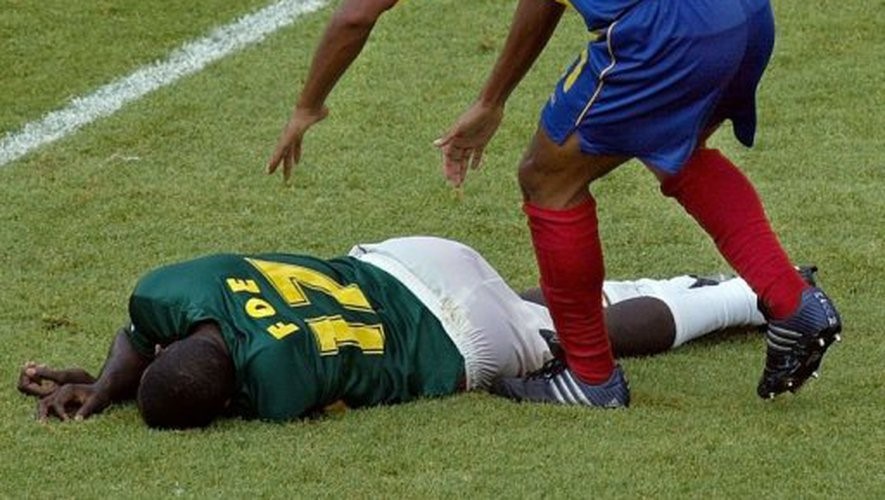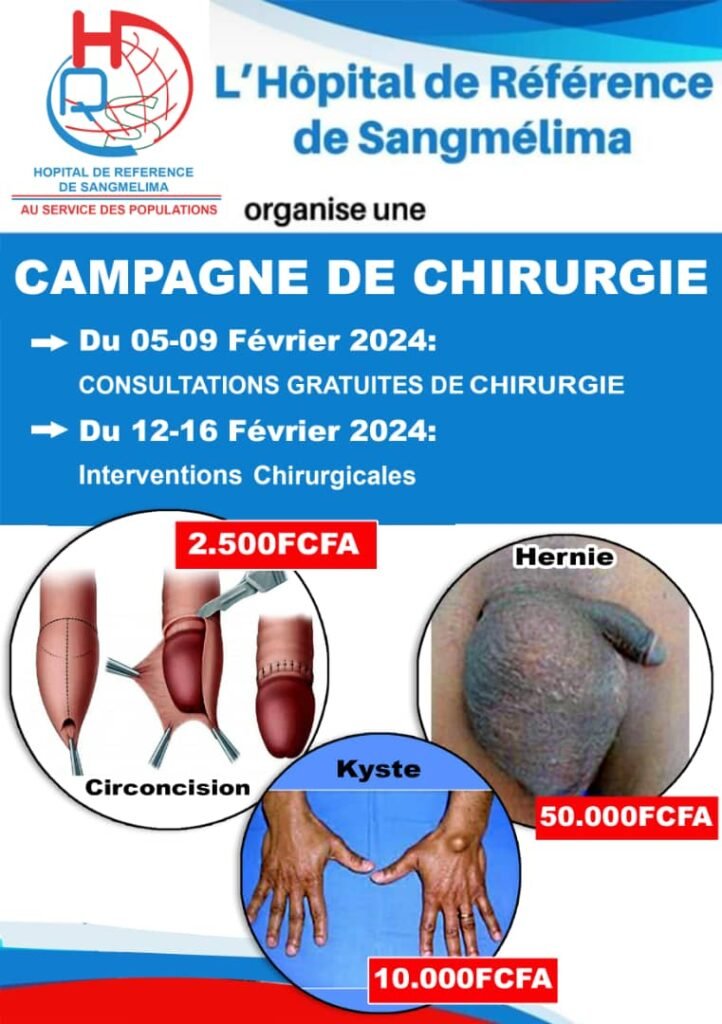Physical exercises: Here are some steps to prevent sudden death

Marc Vivien Foe died suddenly at the Stade Gerland in Lyon in 2003 during the Confederations Cup.
According to the Journal of the American College of Cardiology (2016), the rate of sudden death among competitive athletes is estimated at approximately 1 case per 50,000 athletes per year. This statistic highlights the critical importance of implementing effective prevention measures.
“I have always been in good health, but during my pre-competition medical evaluation, a cardiac abnormality was discovered that I was not aware of. Thanks to this early detection, I was able to receive treatment and continue my career with complete peace of mind.” This testimony is that of Alexandre Dubois, a professional athlete. He explains how he was removed from any risk of sudden death.
Sudden death in athletes is a major topic of suffering that affects not only professional athletes, but also amateurs. Pre-competition medical evaluations play a crucial role in preventing sudden death. According to a 2018 study by the American College of Cardiology, these evaluations can reduce the risk of sudden death by 80% in athletes. This is because they include comprehensive cardiac tests such as: electrocardiograms (ECGs) and possibly echocardiograms, to detect pre-existing heart abnormalities.
“I took a CPR course and learned how to use an Automated External Defibrillator (AED). Some time later, I had to put those skills into practice during a game. Thanks to that training, we were able to react quickly and have a surviving athlete,” says Souther Martin, a football coach.
Education of athletes and coaches is also essential. According to a study in Sports Medicine (2020), 70% of athletes and coaches do not know how to recognize the signs of cardiac distress. CPR training and AED use are vital skills. Extreme weather conditions can also increase the risk of sudden death.
According to research conducted by the American Journal of Cardiology (2015), approximately 10% of sudden death cases in athletes are related to extreme weather conditions, such as: intense heat or extreme cold. Therefore, it is essential to avoid training and competitions during these periods. Continuous medical monitoring is equally crucial for prevention. According to a study by the European Heart Journal (2017), approximately 1% of athletes have congenital or acquired heart defects that can increase the risk of sudden death. Regular medical check-ups, including heart function tests, are recommended to monitor the health of athletes. Also, detailed emergency plans are necessary for each competition venue. According to a study by Circulation (2019), men account for approximately 80% of sudden death cases in athletes. Having qualified medical personnel on site and AEDs readily available can save lives.
Trauma, such as: cardiac concussion, are important risk factors. According to a study by the American Heart Association (2018), cardiac trauma is responsible for 10% of sudden death cases in athletes. Using adequate protective equipment and following safety rules can reduce this risk. By implementing these measures, it is possible to significantly reduce the risk of sudden death in athletes and create a safer and healthier practice environment.
Junior NTEPPE KASSI














